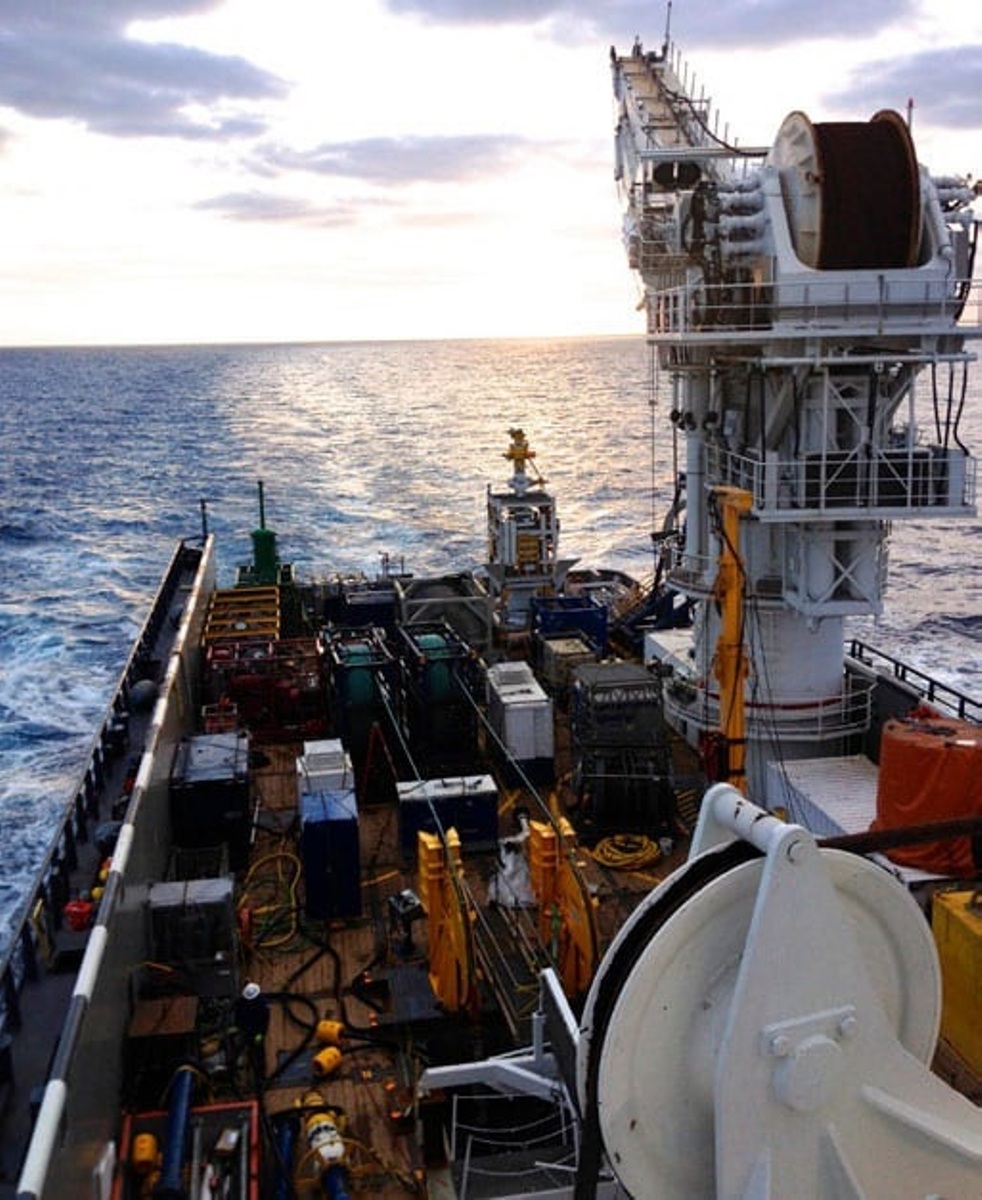
The global market for rheumatoid arthritis treatments is expected to grow at a CAGR of...
Learn More
Our consulting solutions address company specific challenges with respect to micro environment...
Learn More
Organizations frequently need day-today research guidancein order to gain strategic...
Learn More
Exploring different areas of market research and market analysis is a key factor...
Learn MoreAcute Market Reports presents the most extensive global business research services across industries. Our research studies focus on potential outcomes, benefits, and risks associated with each market segment across geographies. Having served our global clients for more than 10 years, our prime priority is to enable our clients in making well-informed business decisions through a data-driven, analytical, and uncomplicated research approach.
We provide access to the world's most comprehensive, analytical, and updated business intelligence services and solutions.




The dental air abrasion market, a crucial segment of the dental care industry, is witnessing notable growth driven by various factors. The Dental Air abrasive market is expected to grow at a CAGR of 6.7% during the forecast period of 2025 to 2033, pr...
Read More
The decentralized identity market is expected to grow at a CAGR of 87.5% during the forecast period of 2025 to 2033, decentralized identity market is poised for remarkable growth, revolutionizing the way individuals and enterprises manage digital ide...
Read More
The well intervention in high pulsed power market is expected to grow at a CAGR of 24.1% during the forecast period of 2025 to 2033, driven by technological advancements, increasing oil and gas exploration activities, and the need for more efficient ...
Read More




